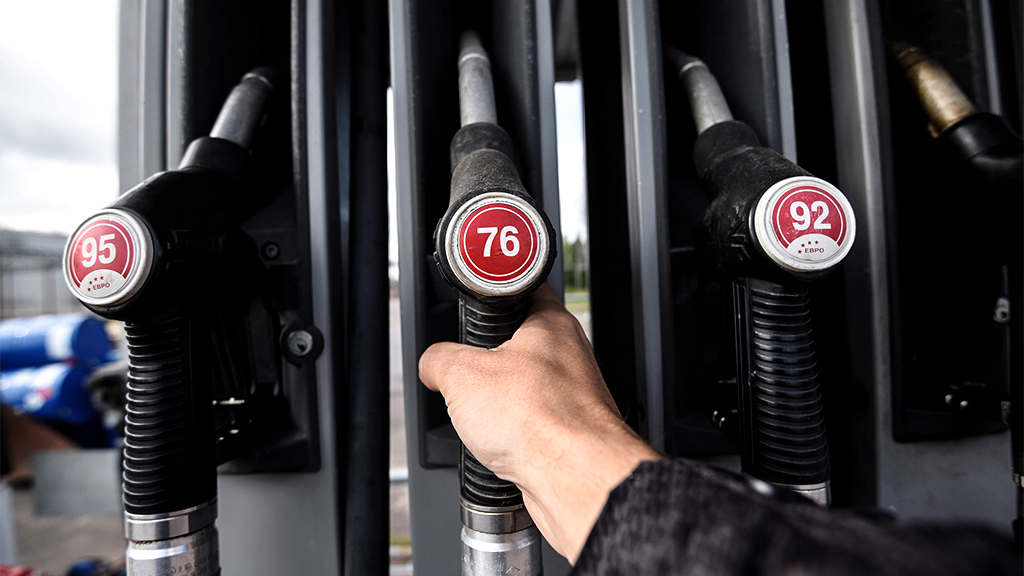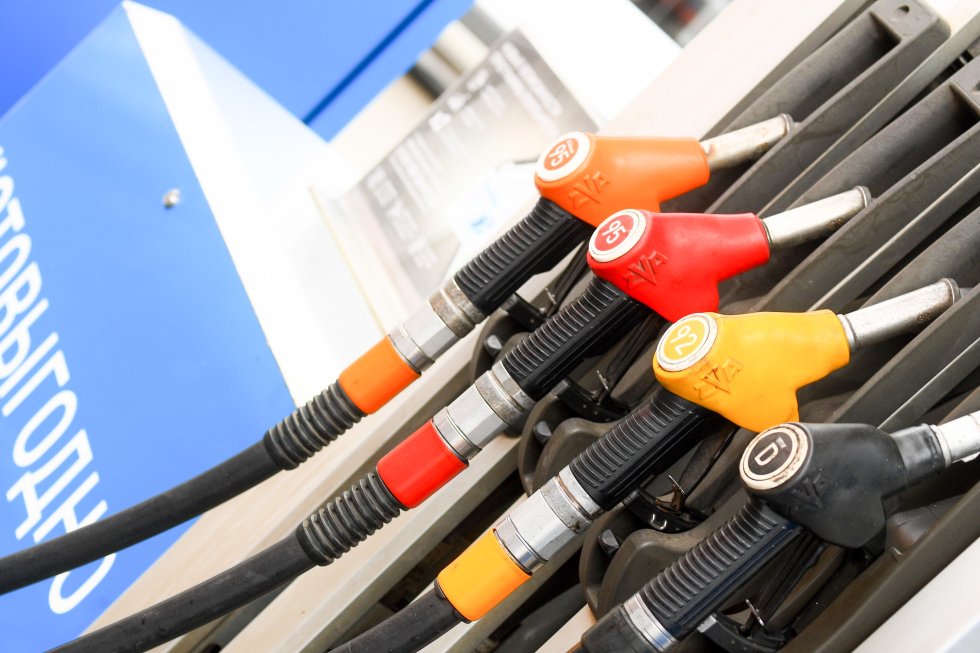The idea originated from the RTS; in September, Deputy Prime Minister Alexander Novak instructed the Ministry of Energy to explore its implementation. The composite index will account for the dynamics of minimum and average salaries, the tax and credit burden on the industry, increases in utility and transportation tariffs, and the rising costs associated with updating fixed assets (including modernization, repairs, and personnel rotation). A retrospective calculation of the composite index for 2025 yielded a figure of 14%. Consumer inflation, according to Rosstat, reached 5.08% as of November 17. Average gasoline prices have increased by 11.8% since the beginning of the year, which falls within the limits of the composite index but significantly exceeds the level of consumer inflation.
Additionally, calculations have been made for 2026, estimating the composite index at 5.7%, while forecasts for social and economic development predict consumer inflation at 4%.
What does this mean for consumers? This year, it signifies little change. Gas station prices have already outpaced inflation, and even if they dip slightly in the remaining time, it is unlikely they will revert to inflationary levels. However, next year, should the proposal be accepted, retail prices for gasoline and diesel (DT) would gain the right to increase without significant scrutiny from the FAS, potentially climbing almost one and a half times faster than if the existing consumer inflation constraints remain. For example, if in December the price of AI-92 gasoline in Moscow is 62 rubles per liter, it could reasonably rise to 65.5 rubles under the composite index and to 64.5 rubles based on consumer inflation.
It is worth noting that these indices serve merely as guidelines. Legislative restrictions on the growth of retail fuel prices are not currently established and cannot be until the market stabilizes. However, exceeding the threshold values activates inspections at gas stations, causing concern among both consumers and the industry. Furthermore, over the past five years, retail fuel prices have exceeded consumer inflation in 2020 and 2022 alone. This year, it appears likely that they will exceed it again, indicating that the initial framework was misguided and needs revision.
The timing for discussing changes in fuel market settings seems deliberate. Currently, the market is experiencing a lull; gasoline prices on the exchange have dropped, and retail prices have stabilized or even slightly decreased in some regions. Only diesel fuel (DT) is seeing price increases, primarily due to seasonal factors—the transition from summer to winter diesel—which has been prolonged this year in Central Russia. With tensions easing, the next increase in prices is likely to occur in the spring of 2026, allowing time to resolve any disputes and reach a consensus.
Most questions center around the parameters used in calculating the composite inflation index. The most significant weight (coefficient of 0.4) is attributed to "growth in average wages (based on Rosstat data) along with increases in the minimum wage (MROT)." The tax burden increase is calculated with a coefficient of 0.25, the rise in credit burdens is 0.02, and increases in utility tariffs and transportation costs carry a weight of 0.1 each. The parameters and coefficients are outlined in the document based on data from the RTS's letter.
The increase in retail fuel prices has only aligned with inflation in 2020 and 2022Thus, it effectively transpires that salary growth will play a crucial role in determining potential increases in retail fuel prices. The more wages rise, the more expensive gasoline may become. This situation is reminiscent of a scene from an old Soviet film where an employer raises an employee's salary while simultaneously increasing her rent since the building is owned by him.
As noted by Yuri Stankevich, Deputy Chairman of the State Duma Committee for Energy, the criteria proposed by the RTS, such as wage dynamics, require well-founded justification. Otherwise, there exists a risk of creating a precedent for other industries, which could further drive the inflationary spiral within the economy as a whole.
He also believes that the RTS's proposals warrant thorough discussion, as they uncover sensitive issues related to pricing in the oil product market. Judging from the calculations presented by both the RTS and the Ministry of Energy, utilizing a composite index would not lead to a significant increase in retail prices but rather allow for a comprehensive assessment of the costs incurred by gas station operators.
According to the Ministry of Energy, the current retail prices do not support the profitability of fuel sales at gas stations. The RTS estimates that the average gross margin for retail fuel purchased in bulk in November this year was minus 6.3 rubles per liter, taking into account costs.
Sergey Tereshkin, CEO of the OPEN OIL MARKET fuel product marketplace, highlights that the "inflation-minus" formula is typical for the industry; however, it is becoming increasingly unattainable due to the divergence between fuel prices and all other prices. Next year, this discrepancy may widen further, given the deceleration of inflation. The proposed index establishes new normative boundaries. Additionally, there is a moratorium on lifting the damping mechanism (subsidies to oil companies from the budget for fuel supply to the domestic market), which will remain in effect until May next year. This situation creates the risk of rising exchange prices, despite their current stabilization. As gasoline is procured by traders and the largest networks of independent gas stations, any increase in exchange prices will be reflected in retail costs. Thus, there is a motive for regulators to establish a new benchmark. However, it is essential to remember that changing the measurement tool does not alter the reality.
Based on the Ministry of Energy's assessment, retail fuel sales at gas stations are currently unprofitable on averageAccording to Sergey Frolov, Managing Partner at NEFT Research, the ideas from the Ministry of Energy and the RTS are sound, albeit overdue (deregulating gas station prices from average inflation has been suggested for the past two years). We now find ourselves in an absurd situation: exchange prices are market-driven, reflecting supply and demand balance, and respond to news events, whereas gas station prices are essentially maintained at inflationary levels through manual intervention by the FAS. This contradiction is particularly absurd this year against the backdrop of a sharp increase in fuel excise taxes at the beginning of the year. Prices were expected to rise above inflation by 2.0-2.5 rubles due to the increased tax burden. Consequently, during much of this year, gasoline trading has often resulted in negative margins. Moreover, the profitability metrics for the core business at gas stations this year are so dismal that even large oil companies, which previously enjoyed stable trends, are experiencing declines. Undoubtedly, the proposals from the Ministry of Energy will push gas station prices upward. However, the concern arises from the potential continuation of declining numbers of stations and fuel supply in retail, according to Frolov.
Dmitry Gusev, Deputy Chairman of the Expert Council for the "Reliable Partner" Association and member of the "Russian Gas Stations" competition expert council, notes that the proposed measures represent yet another attempt to fine-tune the system manually. As long as a cohesive fuel strategy is absent and the necessary number of gas stations for the country remains undetermined, such circumstances will continue.
In Stankevich's view, if retail stakeholders are raising questions about profitability, it would be prudent to consider support options for specific groups of citizens based on their financial circumstances or other significant criteria determining eligibility for discounts on fuel purchases. This approach mirrors targeted support examples seen in housing, utility, energy, transportation, and other services.
Source: RG.RU




